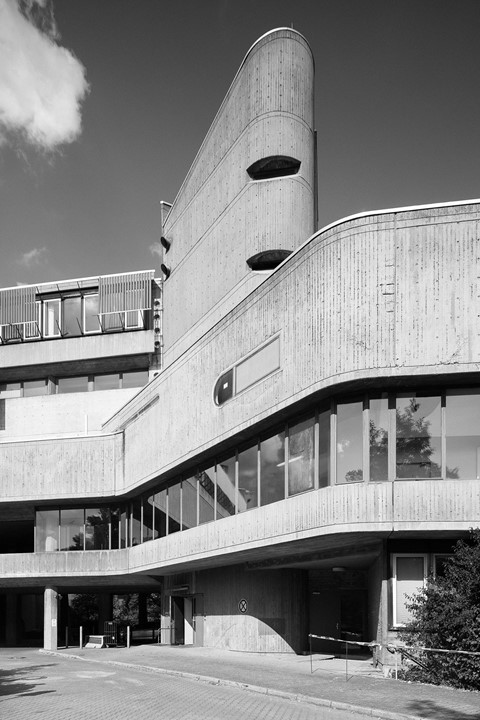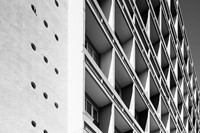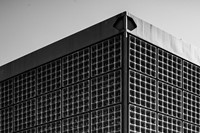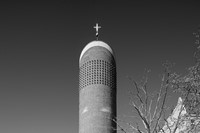A new map provides profound insights into the German capital’s unique Brutalist offering
Vulnerability is a term unlikely to appear in the visual language of Brutalist architecture, but as demonstrated by the much-mourned 2019 demolition of London’s iconic Welbeck Street car park, the fragility of an unlisted building’s position in claustrophobic urban landscapes is now impossible to miss. While Berlin is not widely synonymous with Brutalist monuments, Blue Crow Media’s new Brutalist Berlin Map reminds us that a city famously divided by a wall that fell more than three decades ago continues to tell its most potent political stories through the buildings that remain standing.
Photographed and written by architecture historian Felix Torkar, this new map provides profound insights into the German capital’s unique Brutalist offering, but is also an essential moment of preservation and activism. Some of the buildings in Torkar’s guide face demolition and, as he explains, photographing, documenting and sharing them is one way to protect them. “I think the first step is to educate the public that there is such a thing as Brutalism and that it is a conscious architecture style that has a reason for existing and that there’s a reason these buildings looks like this,” explains Torkar, who has lived in Berlin for the last 15 years. He continues, “I don’t think you need to convince everybody that these are beautiful and better than all the other buildings. The important part is to realise that there’s an intent behind them. The moment that you don’t just pass by a building without even looking at it – the moment you notice it – I think is the very starting point of thinking about whether you’d miss it, or if you would think anything of it being demolished.”
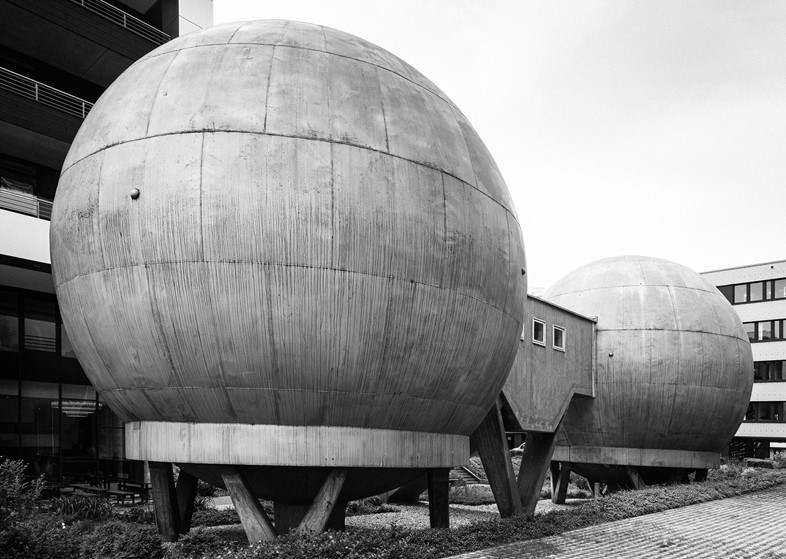
“Berlin was the hotspot of the Cold War conflict, you had both sides closer than anywhere else. It was really this fulcrum point where East and West Berlin came face-to-face, trying desperately hard to prove that their system was the superior one through iconic, signature architecture construction projects, such as the TV tower,” says Torkar when asked about what makes Berlin’s Brutalism unique. He adds, “East Berlin went more the socialist Modernism route, which is a little more airy and transparent and plastered, whereas West Berlin went a bit different with a lot of experiments, and a lot of Brutalist experiments actually.”
Architects in West Berlin were hyper aware of the nuclear threat that constantly surrounded them, focusing on constructing barely disguised fortresses that screamed shelter and symbolised an immovable presence. In the context of Brutalism globally, this architectural peacocking mirrors what happened in both Israel and the Soviet Union, when, under a nation-building and identity-generating agenda, these societies’ anxieties and intentions were addressed in their architectural projects. While the beauty value assigned to the aesthetics of the Brutalist movement remains a point of fiery debate among the architecture community and beyond, the historical story-telling and relevance of these buildings, particularly in cities such as Berlin, is indubitable.
Brutalist Berlin Map, published by Blue Crow Media, is out now.
